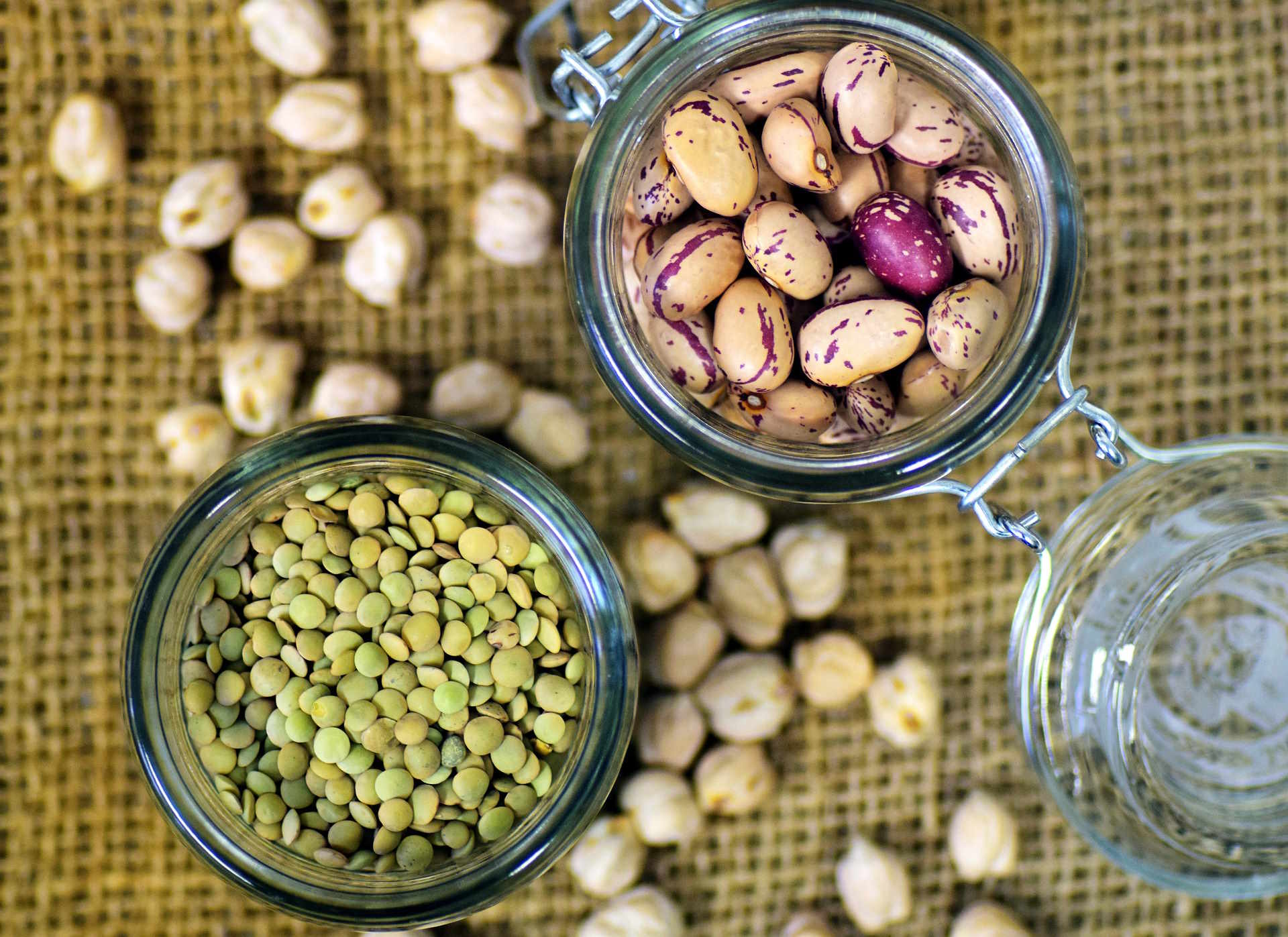Balancing Flavors and Nutrition in Everyday Meals
Small, practical changes can make everyday meals both tasty and nutritious. This piece highlights meal planning, label reading, seasonal produce, plant protein, and kitchen organization strategies to help you build satisfying home recipes while cutting added sugar and reducing waste.
Everyday meals should satisfy the palate and deliver nutrients that support daily life. Achieving that balance often means combining flavorful techniques—like roasting, acid, and herbs—with simple nutritional principles such as including protein, fiber, and healthy fats. Thoughtful grocery shopping and a few reliable home recipes let you assemble varied plates without extra fuss. Over time, mindful eating and sensible food storage extend freshness and value, making it easier to maintain both taste and nutrition across busy weeks.
This article is for informational purposes only and should not be considered medical advice. Please consult a qualified healthcare professional for personalized guidance and treatment.
nutrition
Good nutrition for daily meals focuses on variety and portion balance. Aim to pair a protein source with fiber-rich vegetables or whole grains and a moderate amount of healthy fat to improve satiety and nutrient absorption. Sugar reduction can be achieved by choosing whole fruits over sweetened snacks and gradually lowering added sugar in sauces and dressings. Paying attention to flavors—using herbs, spices, citrus, and umami elements—helps meals feel complete without relying on excess salt, sugar, or fat.
meal planning
Effective meal planning simplifies choices and reduces food waste. Start with a weekly framework and build menus around flexible recipes you enjoy. Plan a few versatile base components—grains, roasted vegetables, a protein—and rotate sauces and seasonings to create variety. Include scheduled meal prep sessions so items are ready on busy days. Listing ingredients by section of the store during grocery shopping saves time and keeps you focused on whole foods and seasonal produce.
label reading
Learning label reading helps you choose packaged items that align with your goals. Check the ingredient list first: shorter lists with recognizable words are often preferable. Look at serving size, added sugars, sodium, and saturated fat on the nutrition facts panel. Beware of marketing claims on packaging; compare products by per-serving nutrients rather than front-of-package claims. Using labels to identify fiber content or whole-grain ingredients can improve the nutritional quality of convenient items without sacrificing flavor.
seasonal produce
Choosing seasonal produce brings better flavor and value to the table. Fruits and vegetables in season typically taste fresher and can inspire new home recipes. Simple cooking methods—grilling, roasting, or quick sautéing—highlight seasonal textures and sweetness. Rotate produce across seasons to diversify micronutrients and keep meals interesting. To reduce waste, plan to use delicate items earlier in the week and preserve surplus by freezing, pickling, or turning extras into sauces and soups.
plant protein
Plant protein options, such as legumes, tofu, tempeh, and nuts, expand both nutrition and flavor possibilities. Combine beans with whole grains to boost amino acid variety and texture. Marinating or seasoning plant proteins and finishing them with a bright dressing or char can increase appeal for all eaters. Canned or dried legumes are pantry-friendly and support efficient meal prep; cooked beans freeze well and make rapid weeknight additions to salads, stews, and grain bowls while minimizing packaging waste.
meal prep
Smart meal prep streamlines busy days and supports consistent healthy choices. Dedicate a block of time to chop vegetables, cook grains and proteins, and portion snacks. Keep dressings and sauces separate until serving to preserve texture and freshness. Kitchen organization—clear storage zones and labeled containers—saves time and reduces spoilage. Thoughtful food storage, like using airtight containers and proper refrigeration, keeps ingredients usable longer and makes it easier to repurpose leftovers into fresh meals.
Balancing flavors and nutrition is an achievable goal that relies on small, sustainable habits. Incorporating seasonal produce, improving label reading, embracing plant protein, and establishing a simple meal planning and meal prep routine makes home cooking both enjoyable and healthful. With attention to kitchen organization, food storage, and mindful eating, you can create a repertoire of reliable recipes that deliver satisfying taste while supporting overall nutrition.






